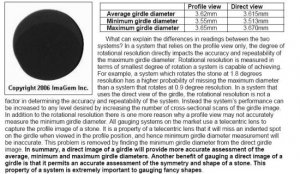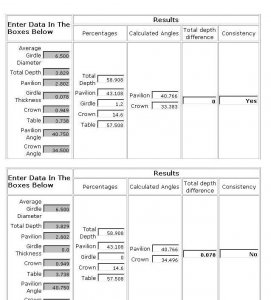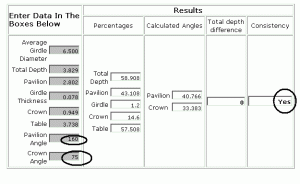re:For whatever reason, Sergey jumped on that using a PRINCESS cut example, which is totally off the point. The diameter of a round diamond is quite a different animal than measuring the sides of a princess cut.
Dave,
I am disagree. The possible such error for round cut is much more less( then for princess) . Such error depends from length straight girdle part. You found extreme example. Real round cut has not such problem at all. For princess cuts, Emerald, … such task is present( But solved by OctoNus at least)
Dave,
I am disagree. The possible such error for round cut is much more less( then for princess) . Such error depends from length straight girdle part. You found extreme example. Real round cut has not such problem at all. For princess cuts, Emerald, … such task is present( But solved by OctoNus at least)









300x240.png)